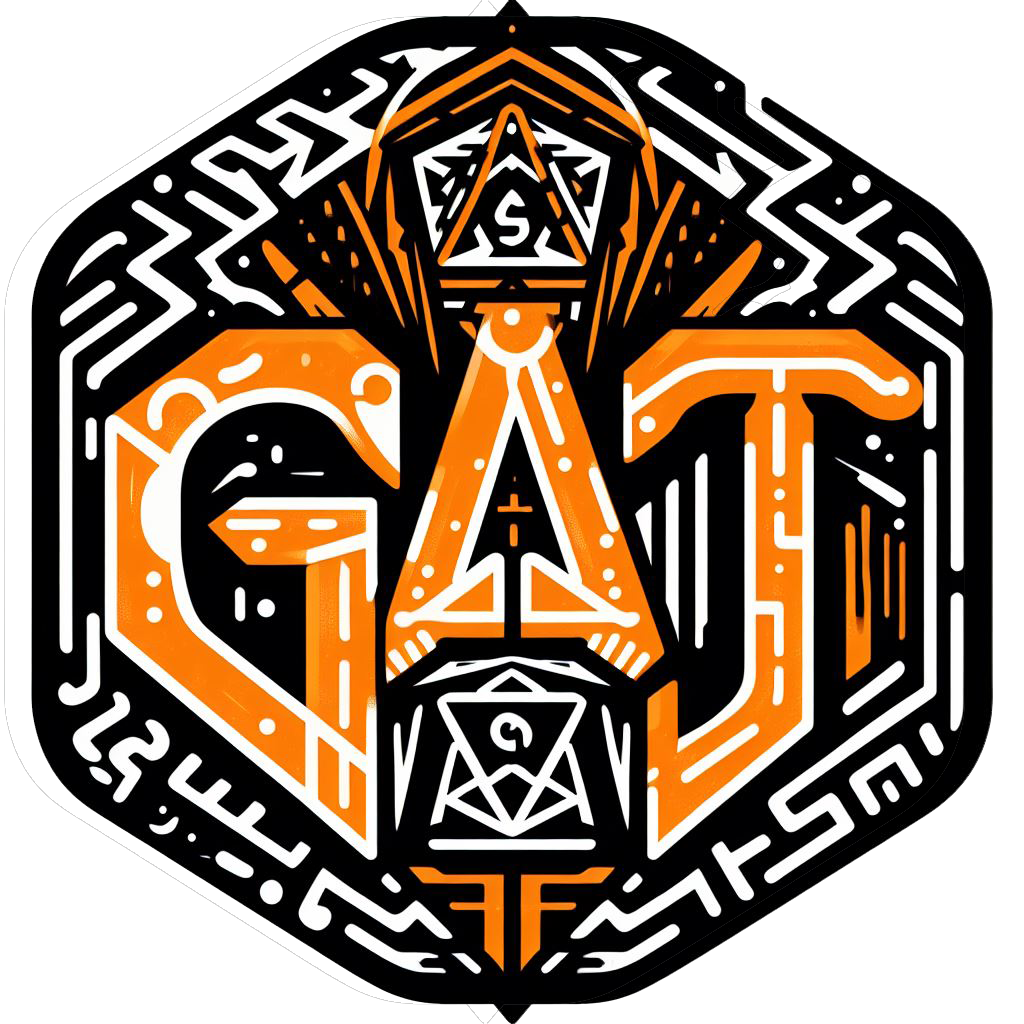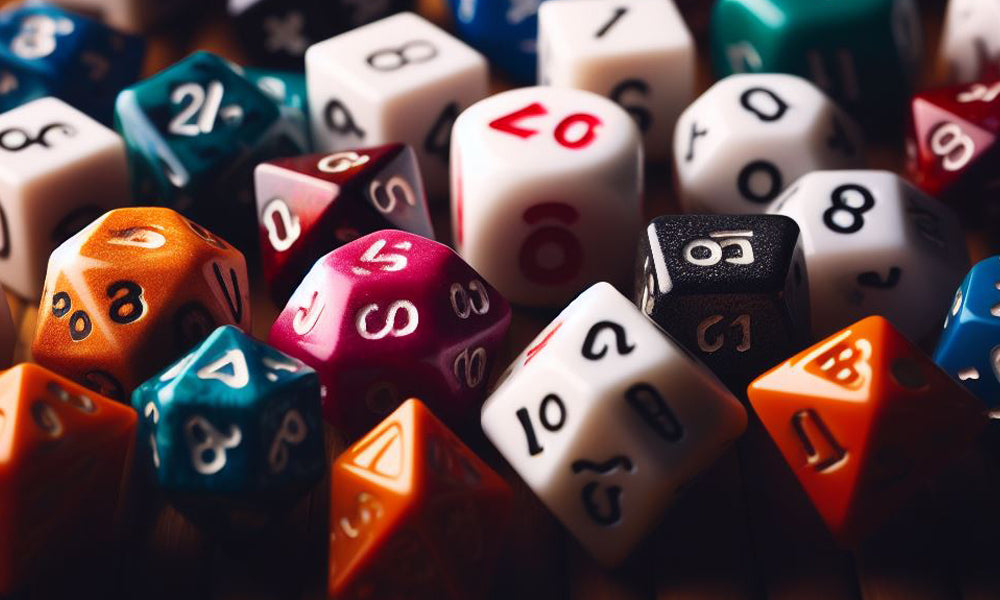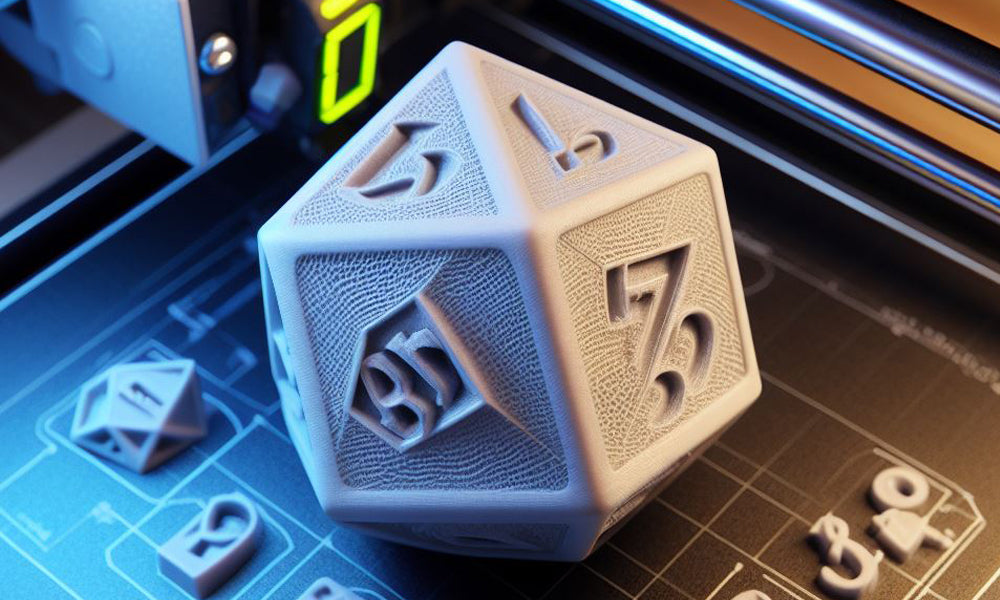Dungeons & Dragons (D&D), the iconic tabletop role-playing game, has captured the imaginations of millions of players worldwide. At the heart of this fantastical journey lies a set of polyhedral dice, each with its unique purpose and significance. In this comprehensive guide, we will delve into the realm of D&D dice, exploring their roles, shapes, and the excitement they bring to the gaming table.
The Foundation: Standard Set of D&D Dice
At the core of every D&D adventure is a standard set of seven polyhedral dice. These dnd dice serve various functions, determining outcomes in combat, skill checks, and more. The standard set includes:
D4 (Four-sided Die):
- Function: Often used for damage calculation with certain weapons or spells.
- Example: A magic missile spell might deal 1d4 damage per missile.
D6 (Six-sided Die):
- Function: Widely recognized as the common die, used for various tasks such as damage, healing, and determining the success of certain actions.
- Example: A fireball spell might inflict 8d6 fire damage in its area of effect.
D8 (Eight-sided Die):
- Function: Typically used for determining damage with weapons, spells, or abilities.
- Example: A greatsword might deal 2d8 slashing damage on a successful hit.
D10 (Ten-sided Die):
- Function: Essential for percentile rolls and determining damage in some situations.
- Example: A character with a magical dagger might deal 1d10 + 2 piercing damage.
D12 (Twelve-sided Die):
- Function: Primarily used for determining damage.
- Example: A barbarian's greataxe might deal 1d12 slashing damage on a successful attack.
D20 (Twenty-sided Die):
- Function: The iconic die for resolving most actions, including attacks, saving throws, and skill checks.
- Example: A character attempting to pick a lock might roll a d20 and add their Dexterity modifier.
D00 (Percentile Die):
- Function: Paired with the d10 to create a two-digit number, often used for determining probabilities or random outcomes.
- Example: Rolling a 23 on a percentile roll might indicate a 23% chance of success.
Specialized Dice for Specific Classes and Abilities
Beyond the standard set, certain classes and abilities in D&D may call for specialized dice. These unique dice add flavor and excitement to gameplay, reflecting the distinct nature of the character or their powers.
D12 - Barbarian's Rage Damage:
- Function: Barbarians, known for their ferocity in battle, add an additional damage die (a d12) when they are in a rage.
- Example: A raging barbarian wielding a greataxe might deal 2d12 slashing damage on a successful hit.
D6 - Sneak Attack Damage for Rogues:
- Function: Rogues gain extra damage on attacks when they have advantage or an ally is engaged with the target, represented by additional d6s.
- Example: A rogue might deal 3d6 sneak attack damage on a successful backstab.
D8 - Divine Smite for Paladins:
- Function: Paladins can expend spell slots to deal radiant damage, adding a d8 (or more at higher levels) to their weapon attacks.
- Example: A paladin might use a 2nd-level spell slot to deal an extra 2d8 radiant damage with a longsword attack.
Magical Essence: The D20 Advantage and Disadvantage
The d20 takes center stage in D&D, representing the unpredictability of fate. The concept of Advantage and Disadvantage introduces an element of chance that can turn the tide of any encounter.
Advantage (Rolling Two D20s and Choosing the Higher Result):
- Function: Grants the player a higher chance of success on a given action.
- Example: When attacking with advantage, a player rolls two d20s and selects the higher result, increasing the likelihood of hitting an opponent.
Disadvantage (Rolling Two D20s and Choosing the Lower Result):
- Function: Imposes a penalty on the player, making success less likely.
- Example: When making a Dexterity saving throw with disadvantage, a player rolls two d20s and selects the lower result, increasing the chance of failure.
Dice Accessories and Collectibles
The world of D&D isn't just about the standard set of dice; it's also about expressing your personal style and immersing yourself in the fantasy. Dice accessories and collectibles have become an integral part of the D&D culture.
Dice Bags:
- Purpose: Provide a stylish and practical way to carry your dice set.
- Options: From leather pouches to velvet bags, there are endless choices to match your character or gaming aesthetic.
Metal Dice:
- Purpose: Add weight and a satisfying heft to your rolls.
- Options: Crafted from various metals, these dice are both durable and visually striking.
Gemstone Dice:
- Purpose: Infuse a touch of luxury and mystique into your gaming experience.
- Options: Dice made from precious and semi-precious gemstones, each with unique patterns and colors.
Custom Dice Sets:
- Purpose: Allow players to showcase their individuality.
- Options: Many companies offer custom dice sets with unique colors, designs, and even personalized engravings.
Conclusion: The Dice's Role in the Tapestry of D&D
In the vast tapestry of Dungeons & Dragons, dice are the threads that weave together the stories of adventurers and the outcomes of their actions. From the humble d4 to the mighty d20, each die serves a crucial role in determining the fate of characters and the success of their quests. As you embark on your next D&D adventure, remember that the roll of the dice isn't just a random chance—it's the heartbeat of the game, pulsating with excitement, suspense, and the infinite possibilities of a fantastical world. So, gather your party, roll those dice, and let the epic tale unfold!




Leave a comment
This site is protected by hCaptcha and the hCaptcha Privacy Policy and Terms of Service apply.